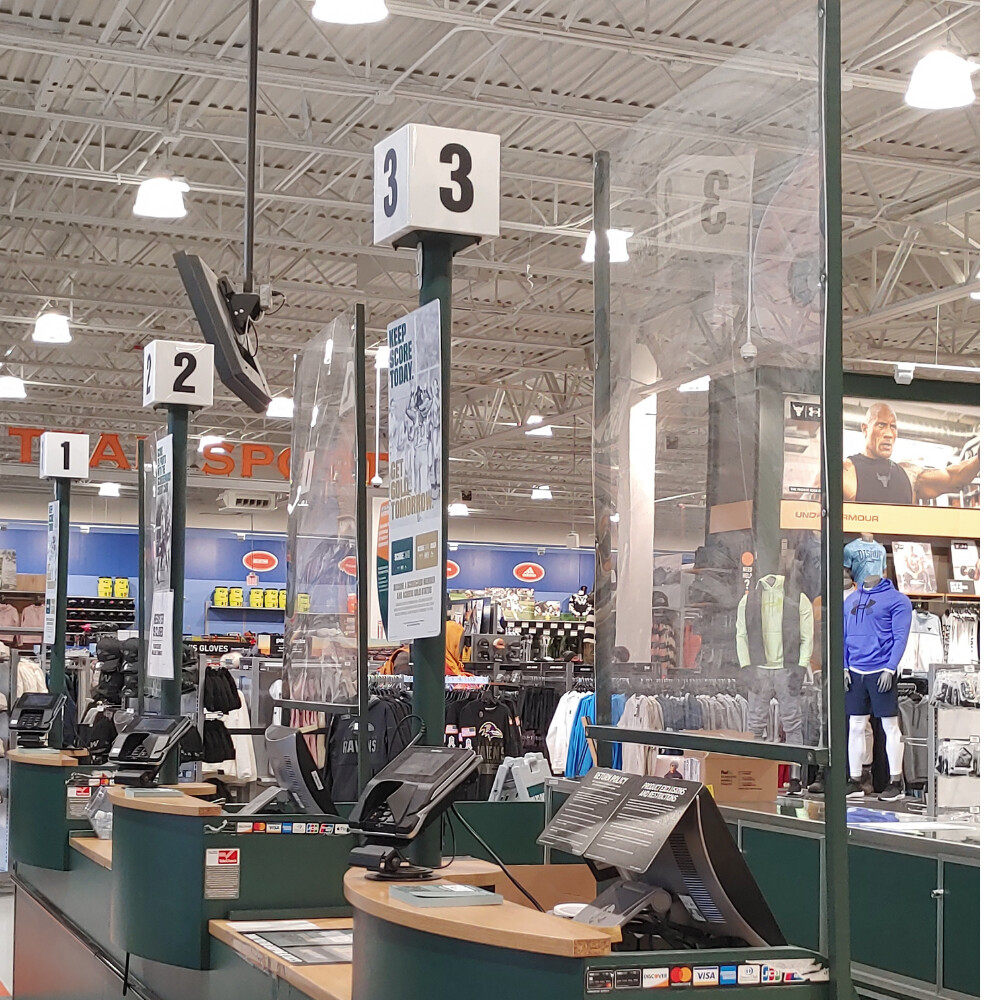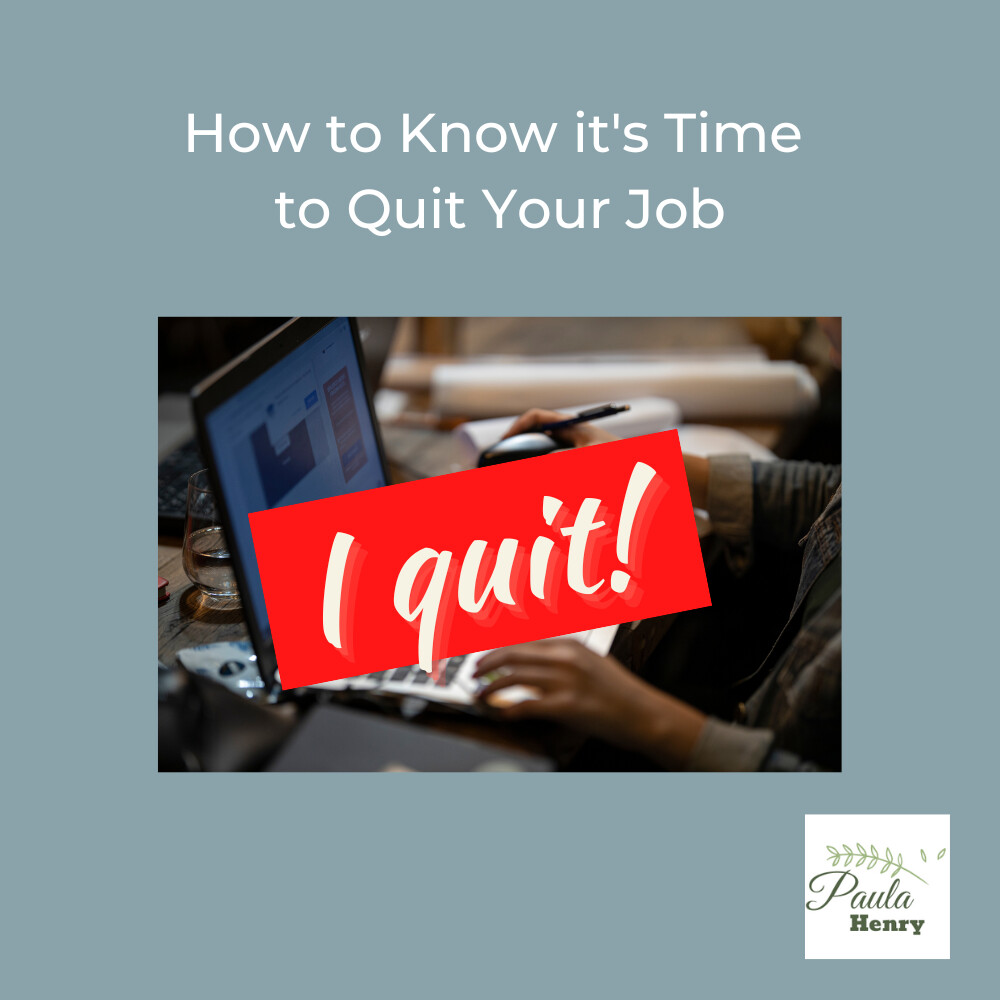
There’s no doubt that the production of plexiglass and other barrier materials has ramped up since the onset of the pandemic. I get it. We need to do all we can to protect people during a pandemic. That said, I do wonder, what are we going to do with all of this plexiglass when the pandemic is over?
Plexiglass and other manmade protective materials are everywhere these days. We understandably rushed to make face shields to protect our first responders and health care professionals and then, as soon as businesses were able to open up again, the CDC recommended the use of barriers to slow the spread of the virus.
According to Forbes magazine, the market for acrylic sheeting is in the $4 billion range. That’s right, billion with a “B”. They’re in every store and restaurant to protect both the cashier and the customer from spreading the virus through droplets from spit, sneezing and coughing. Whether or not this is effective is up for debate and quite irrelevant to the topic at hand.
So, here we are.
Let’s look at plexiglass as a material and learn a few things about it.
What is plexiglass made from?
Plexiglass (also known as acrylic) is a petrochemical thermoplastic created in the early 1930s as an alternative to glass. It is both cheaper to make and lighter in weight than glass which is why it is being used so widely. Plexiglas (spelled with one “s”) is a registered trademark in Germany, but just like usage of the terms Kleenex, Crock-Pot and Ziploc, people often refer to products by a trade name regardless of who makes them.
The term petrochemical tells us that the product is made with oil. Since we know that use of fossil fuels is not sustainable long term, we cannot consider this an environmentally friendly product. The manufacturing process involves highly toxic chemicals that need to be handled and disposed of properly.
Plexiglass has been used for decades in any number of fields from health care and retail to automobile manufacturing. It’s used in eyeglasses and solar panels, greenhouses and car dashboards. It is a great option for times when weight or cost is an issue, and it is superior to glass from a safety standpoint since it is shatter-resistant. The onset of the pandemic has simply amplified its usage across all sectors of life. The abundance of plexiglass everywhere you turn is what gives me pause. What are we going to do with it when this is all over?
Can plexiglass be recycled?
In theory, plexiglass and other acrylic materials can be recycled, however, most curbside programs do not accept it, so we’re in a bit of a pickle. Although it may be possible to recycle it, the number of places that will recycle it are few and far between. So this is its biggest downside. It doesn’t biodegrade and we’re not likely to be able to recycle it. The better alternative overall is to put it to a new use once it is no longer needed as a barrier.
Quite honestly, I think this is a great opportunity for someone to develop a creative post-consumer use for all of this plexiglass as I’m afraid it will all end up in the landfill. Does anyone have any ideas? There will be a plethora of plexiglass, all we need is a brilliant and creative idea or two.
Sources:
Interested in learning more about earth-friendly options? Join my free group here.
Get my free guide: 4 Ways Being Earth-Friendly Can Change Your Life for the Better HERE.














0 Comments